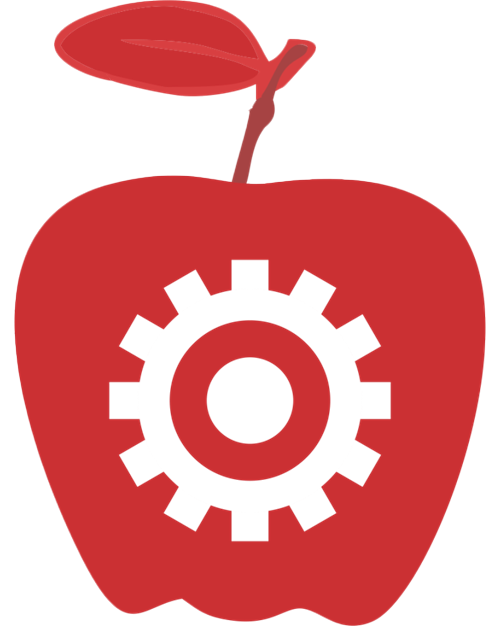
6
julioDoor Handle Fix Tools To Make Your Everyday Life

Door Handle Fix and Service: A Comprehensive Guide to Repairing and Maintaining Door Handles
Door handles might look like minor elements in the architecture of a building, yet they play a pivotal role in the performance and security of doors. Over time, door handles can catch wear and tear, causing inadequacy and possible security vulnerabilities. This short article will explore the various methods for fixing and servicing door handles, making sure doors run smoothly and securely for many years to come.
Comprehending Door Handle Types
Before starting any repair or servicing treatment, it is important to understand the various types of door handles offered. Familiarity with these variations will help in figuring out the proper fixing method.
Lever Handles: These are frequently discovered in homes and offices, characterized by a lever that you pull down to unlock.
Knob Handles: The standard option, these round handles require more gripping and twisting movement to run.
Pull Handles: Found primarily on moving doors, these handles need a pulling movement to open.
Mortise Handles: Integrated into the door, these handles include a locking mechanism, supplying enhanced security.
Moving Door Handles: These include two parts-- one on the stationary door and one on the sliding panel, typically geared up with a locking feature.
Understanding the kind of handle is essential, as each needs various servicing methods.

Common Issues with Door Handles
Door handles might experience different problems gradually. Recognizing these issues early can assist prevent total handle failure. Here are a few of the most common problems associated with door handles:
- Loose Handles: Handles that wobble or feel loose can be quickly repaired with a screwdriver.
- Sticking Mechanism: Handles that stick or jam can show a need for lubrication or change.
- Broken Springs: In some cases, the internal spring mechanism might break, impacting the overall function.
- Rust or Corrosion: Metal handles may rust or corrode in time, impacting visual appeals and performance.
- Misalignment: Handles that do not align appropriately with the locking mechanism can cause locking issues.
Step-by-Step Guide to Fixing Door Handles
Fixing door handles is a straightforward DIY task. Here's a detailed guide to help you through the process:
1. Examine the Problem
- Analyze the handle for movement and listen for sounds. Is it loose? Sticking? Bear in mind on the symptoms to assist in medical diagnosis.
2. Collect Necessary Tools
- Depending upon the issue, you may need:
- Screwdriver (Flathead or Phillips)
- Lubricant spray (WD-40 or silicone spray)
- Replacement springs or parts (if required)
- Cloth for cleansing
- Pliers (for spring replacement)
3. Tighten Loose Handles
- If the handle is loose, locate the screws within the handle and tighten them.
- For knob handles, you might need to remove the knob cover to access the screws.
4. Lube Sticking Handles
- Spray a lube around the base of the handle, the lock mechanism, and any hinges.
- Operate the handle numerous times to disperse the lubricant uniformly.
5. Change Broken Springs
- If the handle feels disjointed or loose due to a broken spring, remove it from the door.
- Take apart the handle to access the spring mechanism. Change it with a brand-new one if required.
6. Tidy Rust or Corrosion
- Utilize a fabric to clean dust and gunk from the handle. A metal brush can help remove rust build-up.
- After cleaning, think about applying a rust-resistant spray or polish for security.
7. Straighten the Handle
- In cases of misalignment, change the screws securing the handle or the lock. It might require moving the screws somewhat and evaluating the alignment until it fits properly.
When to Seek Professional Help
While many door handle issues can be quickly solved separately, particular circumstances may necessitate professional assistance:
- Complex Locks: If the door handle is integrated with a more intricate locking system that requires specialized tools and understanding.
- Serious Damage: Instances of significant wear where a handle can not be mechanically repaired might require replacement.
- Security Concerns: If there are concerns about the security functions of the door handle that can not be resolved through basic repairs.
Preventative Maintenance Tips
To ensure durability and continued efficiency of door handles, regular maintenance is essential. Here are simple tips to think about:
- Regularly inspect handles for signs of wear or damage.
- Lubricate moving parts a minimum of when a year to prevent stiffness.
- Keep handles clean from dirt and gunk, using a moist fabric regularly.
- Change screws as needed to maintain tightness.
FAQs About Door Handle Fix and Service
Q1: How do I know if my door handle requirements lubrication?A1: If your door handle feels sticky or operates with problem, lubrication is likely needed. Listen for any grinding sounds, which can likewise suggest friction in the mechanism. Q2: Can I change a door handle by myself?A2: Yes, most door handle replacements are uncomplicated and can typically be accomplished with standard tools like a screwdriver. Q3: My door handle fell off totally-- what ought to I do?A3: First, assess the internal elements to look for broken pieces. If whatever is intact, you can reattach it by tightening screws or replacing missing components. Q4: What type of lube should I use on my door handles?A4: A silicone spray, graphite powder, or specialized door-lock lubricant is advised, as they minimizefriction without bring in dirt or dust. In summary, keeping and fixing door handles is attainable through simple DIY tasks. Acknowledging the signs of wear and tear and comprehending how to resolve them will make sure that doors work
successfully and firmly, extending the life of your handles. Routine preventive procedures can also keep door handles in excellent condition, sparing homeowners unneeded replacements or repairs.


Reviews